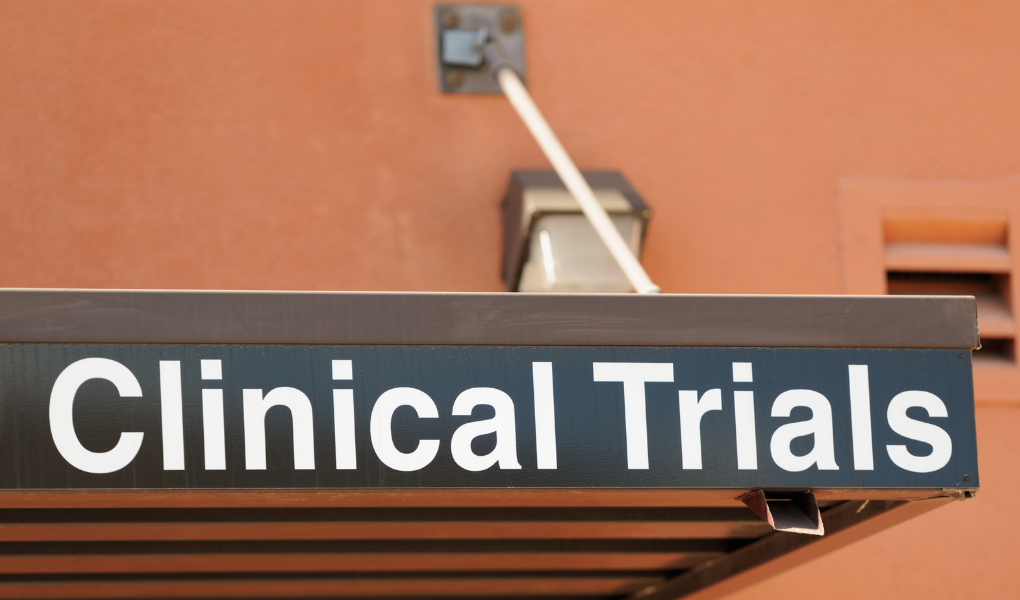How Can Female, LGBTQ, and BIPOC Clinical Trial Disparities Be Improved?
These articles are written by Diverse Health Hub to summarize complex medical research in order to facilitate deeper understanding. Diverse Health Hub publications are not intended to persuade its readers. We present information to create in-depth conversations that encourage patients to critically think and decide for themselves.
A diverse patient group that varies in race, gender, and age in clinical trials is important to help determine the best treatment for specific patient types. Unfortunately, female patients are another group that is under-represented in clinical trials. In order to continue improvements in clinical trial results, more female patients and others must be included in trials. Here’s a look at where things stand with gender and other disparities in clinical trials and how to move toward increased participation in the future.
Gender-Based and Sex-Based Disparities in Clinical Trials
The trends in gender-based participation in clinical trials are going in the right direction in the past few decades. Improvements have been occurring in general in lessening gender-based clinical trial disparities. Of the cancer drugs that were studied in clinical trials in 2018, women only comprised 38 percent of the study groups. One point of concern is that cancer types of melanoma, lung cancer, and pancreatic cancer that have a higher incidence rate in females have low representation by them in clinical trials. And when looking specifically at the female cancers of breast cancer and gynecological cancers; Black, Indigenous, and People of Color (BIPOC) and older women are under-represented in these clinical trials. Only 17 percent of women aged 65 and above took part in breast cancer clinical trials, even though they comprised 42 percent of those diagnosed in the same time period. To learn the best treatments by gender, adequate representation is needed to determine factors like drug toxicity in clinical trials.
History of Women and Distrust in Clinical Trials
In the United States, there were some past clinical trials that led to ideas that women needed some protection from the harm of clinical studies. Even though the sedative drug thalidomide was never approved for use in the U.S. for the prevention of morning sickness in pregnant women, it was approved in other countries. Sadly, the use of thalidomide by pregnant women in other countries resulted in some tragic birth defects. The drug diethylstilbestrol was used for U.S. women for the prevention of miscarriages. The use of diethylstilbestrol led to increased risk of vaginal and cervical clear cell adenocarcinomas, along with other health risks.
A history of medical distrust continues for some BIPOC women due to past injustices of the Tuskegee syphilis experiment, HeLa cells taken from Henrietta Lacks, and other incidents. And looking at transgender, gender-non-conforming, and non-binary patients, more must be done to help these patient groups. Also including data about these LGBTQ groups in clinical trials and learning more about the use of sex hormones to initiate or sustain gender transitions must be carried out to improve clinical trial data and health outcomes.
Solutions Toward Female, LGBTQ, and BIPOC Clinical Trial Representation
In the U.S., healthcare professionals and advocates can help with improvements in several ways. Increasing outreach and advocacy efforts to under-represented female, LGBTQ, BIPOC, and older female patient groups can help ease hesitancy about clinical trial participation. Many patients report feeling more open to trust a physician who looks like them. Outreach can be extended to include places of worship, hair and nail salons, food pantries, senior centers, and other places to educate under-represented groups where they are. And if more female, LGBTQ, and BIPOC groups earn degrees in medical fields, they can have higher representation in these fields.
The vital factors of time and travel can also be helped by patient advocacy groups. If assistance for lodging, travel, missed work, and childcare is provided, participation for female and other under-represented patient groups are likely to improve. Female, LGBTQ, and BIPOC patients are valuable in our U.S. population, and they need sustained efforts by healthcare professionals and advocacy groups to help ensure the most accurate clinical trial recommendations. In order to make progress, work must be carried out to continue clinical trial participation rates on a positive trajectory for improved health outcomes for all.
In retaining editorial control, the information produced by Diverse Health Hub does not encapsulate the views of our sponsors, contributors, or collaborators.
Importantly, this information is not a substitute for, nor does it replace professional medical advice, diagnosis, or treatment. If you have any concerns or questions about your health, you should always consult with a healthcare professional. To learn more about privacy, read our Privacy Policy.
Sources
Eudocia Lee and Patrick Wen. Gender and Sex Disparity in Clinical Trials. ESMO Open website. Accessed November 15, 2021. https://www.esmoopen.com/article/S2059-7029(20)32682-X/fulltext#relatedArticles
Thalomide. Science Museum website. Accessed November 15, 2021. https://www.sciencemuseum.org.uk/objects-and-stories/medicine/thalidomide


